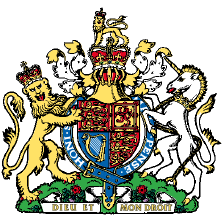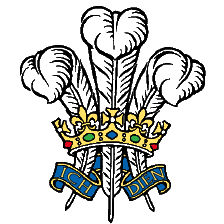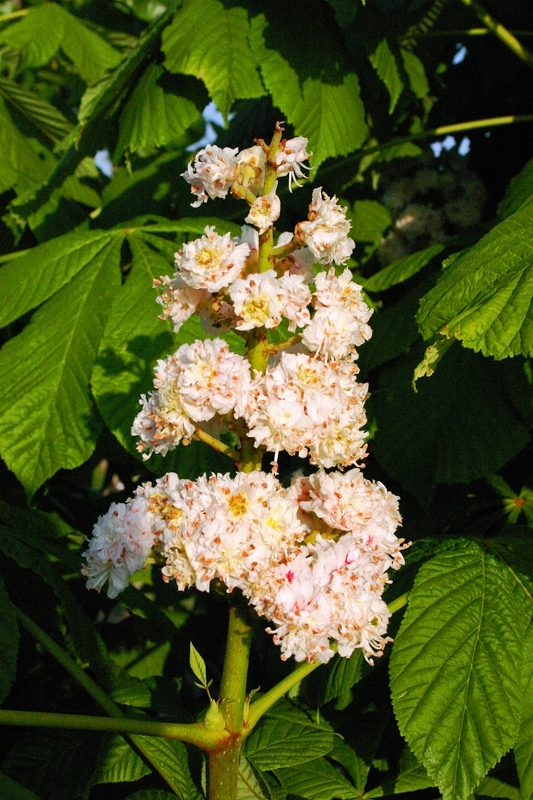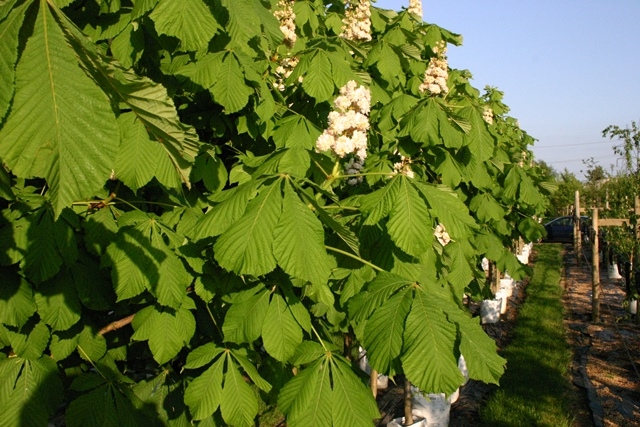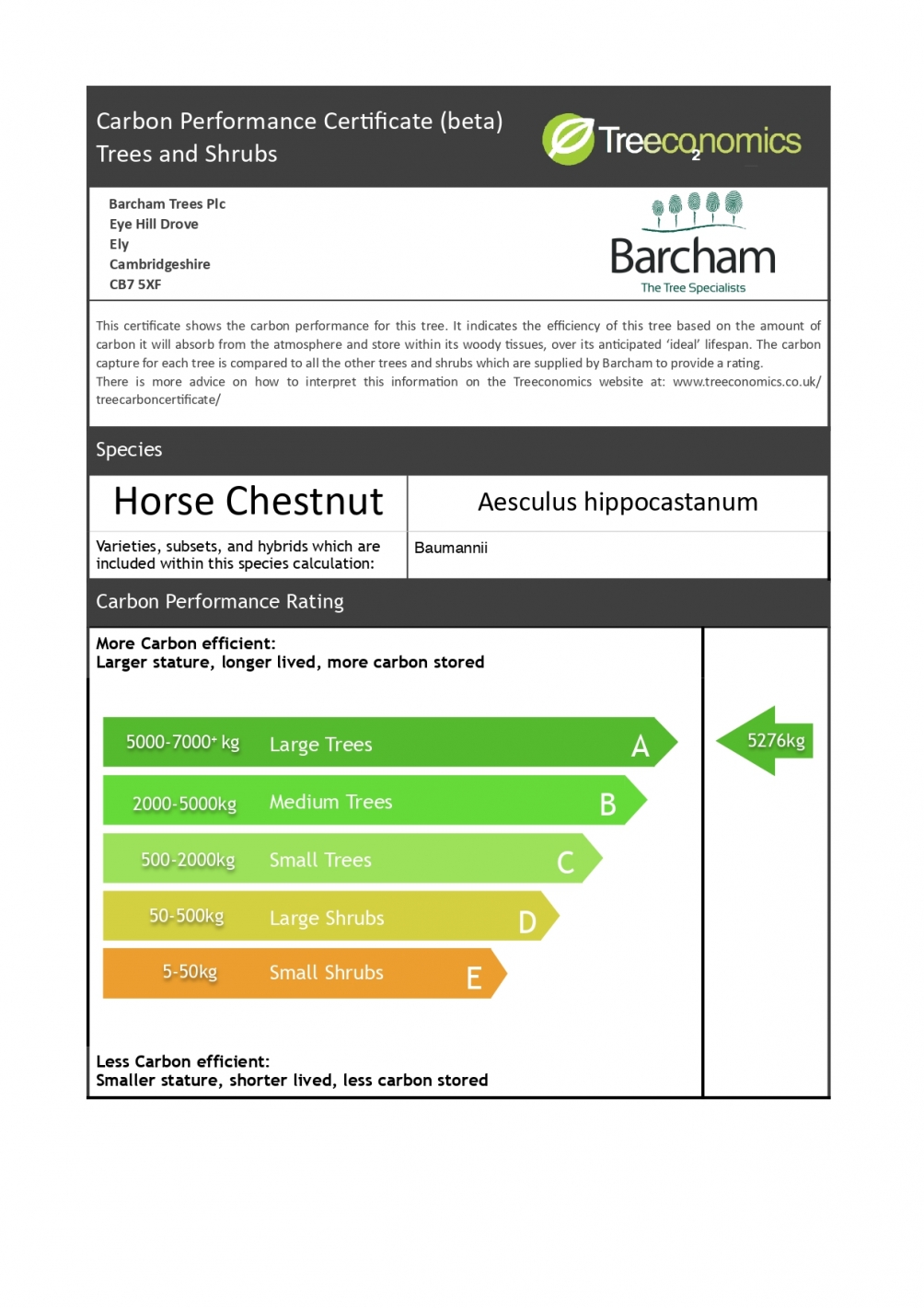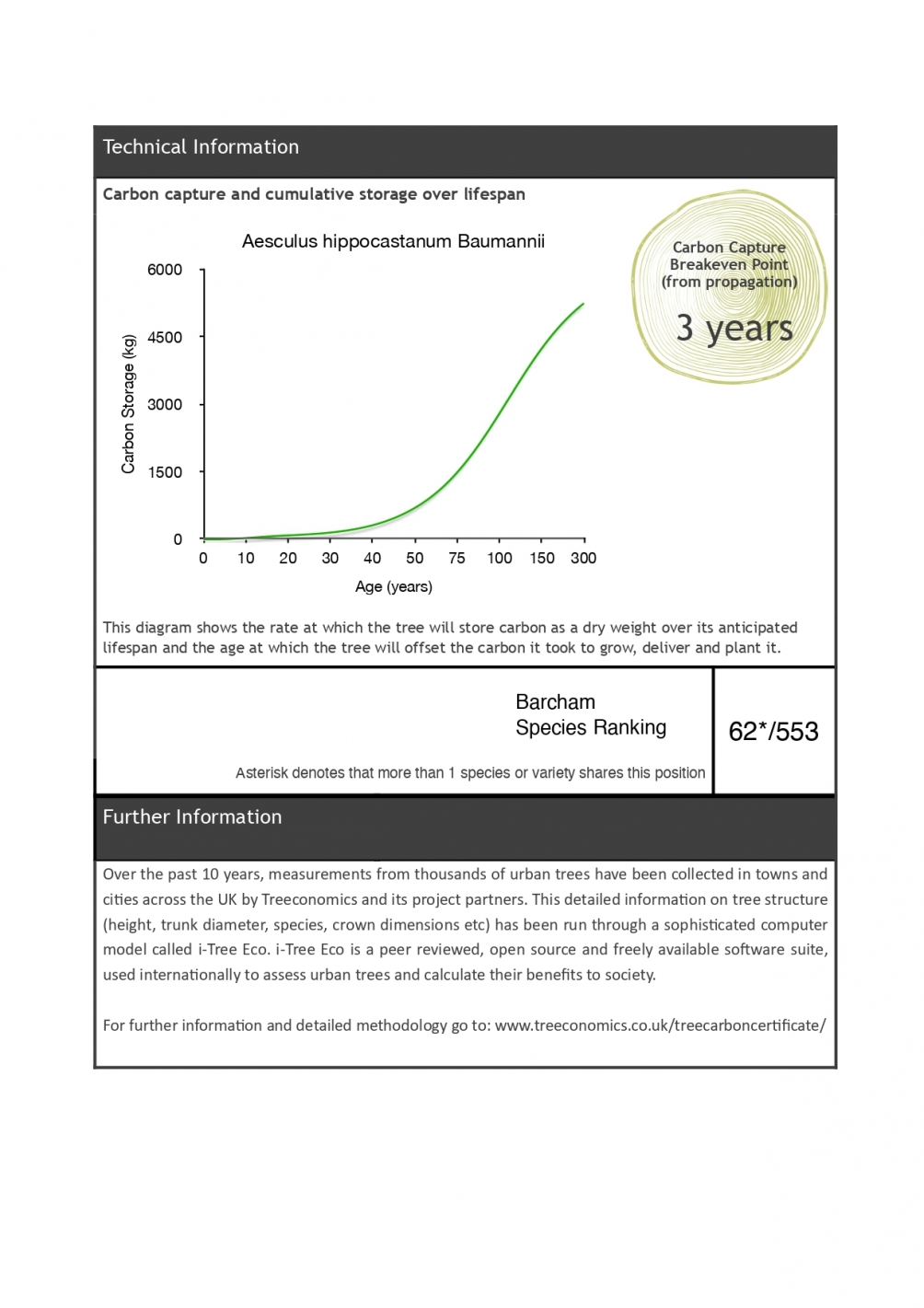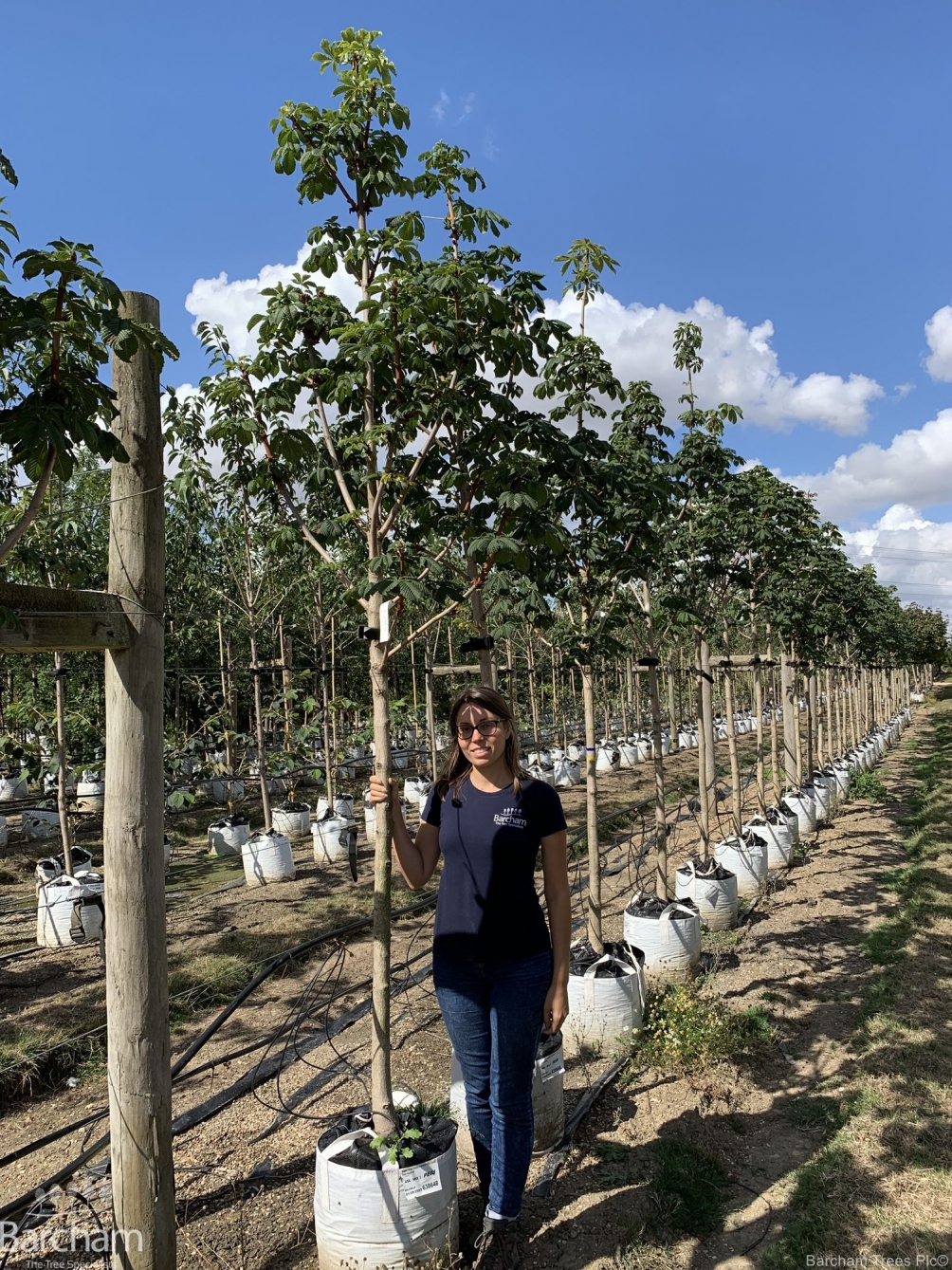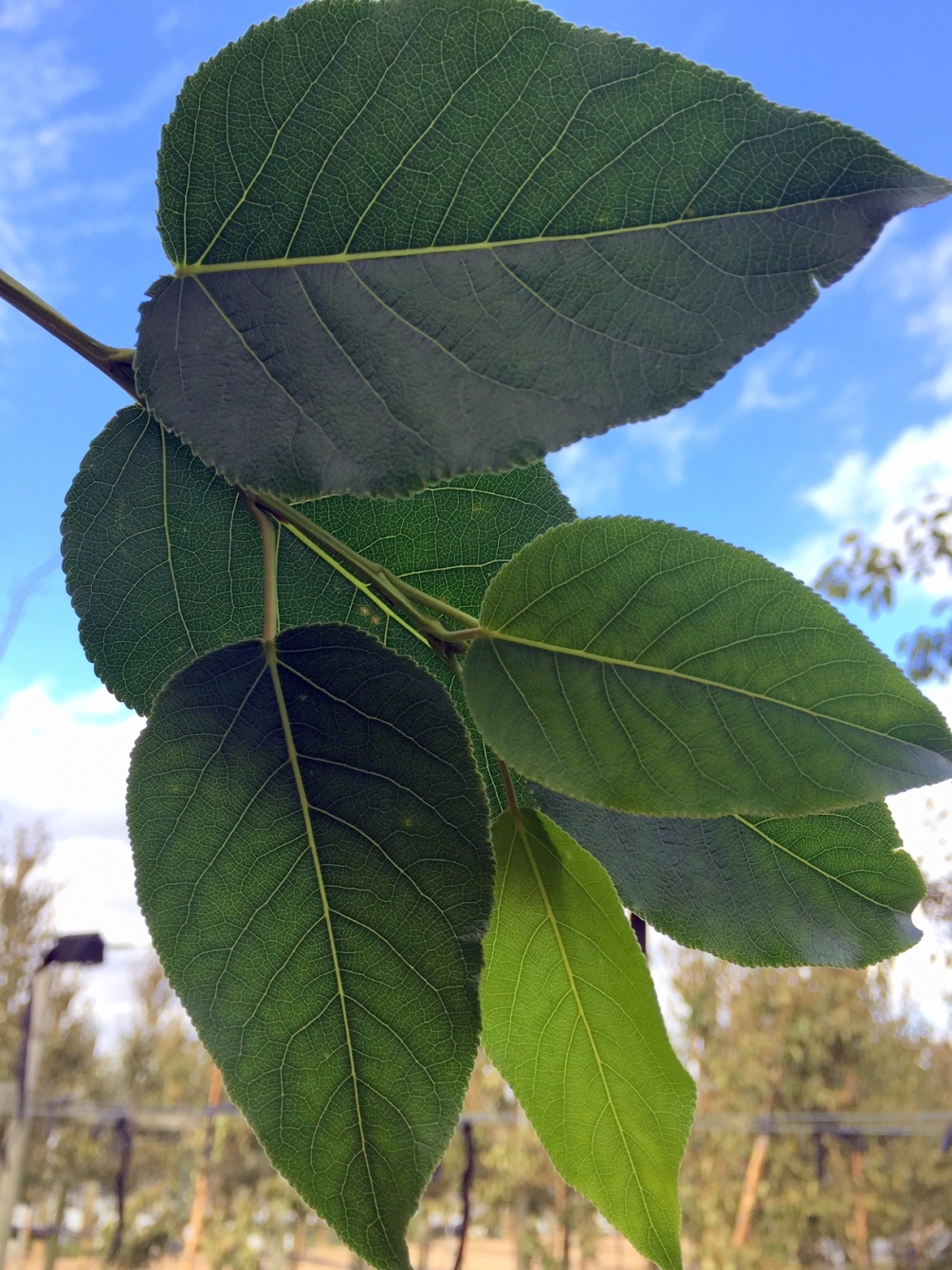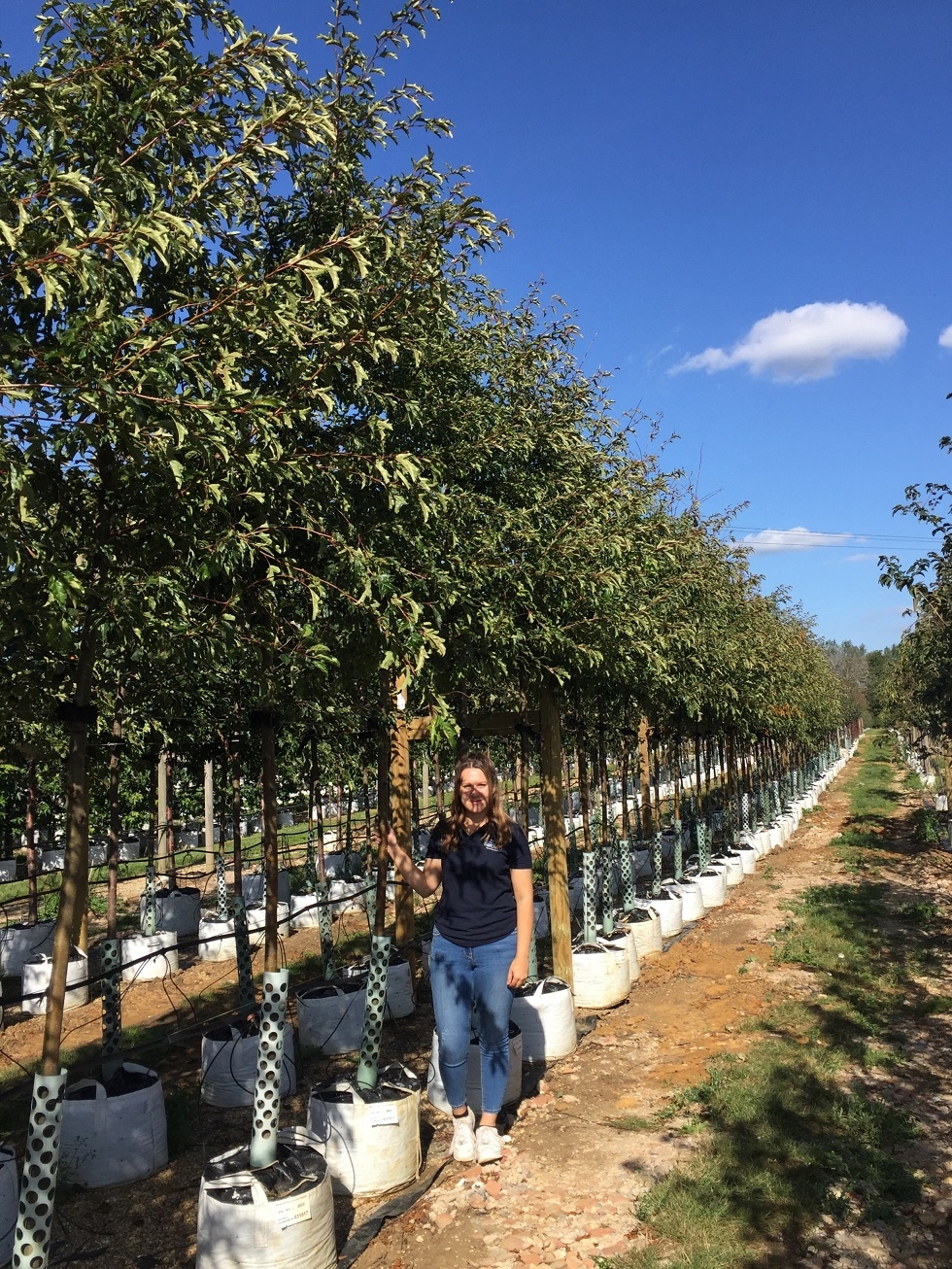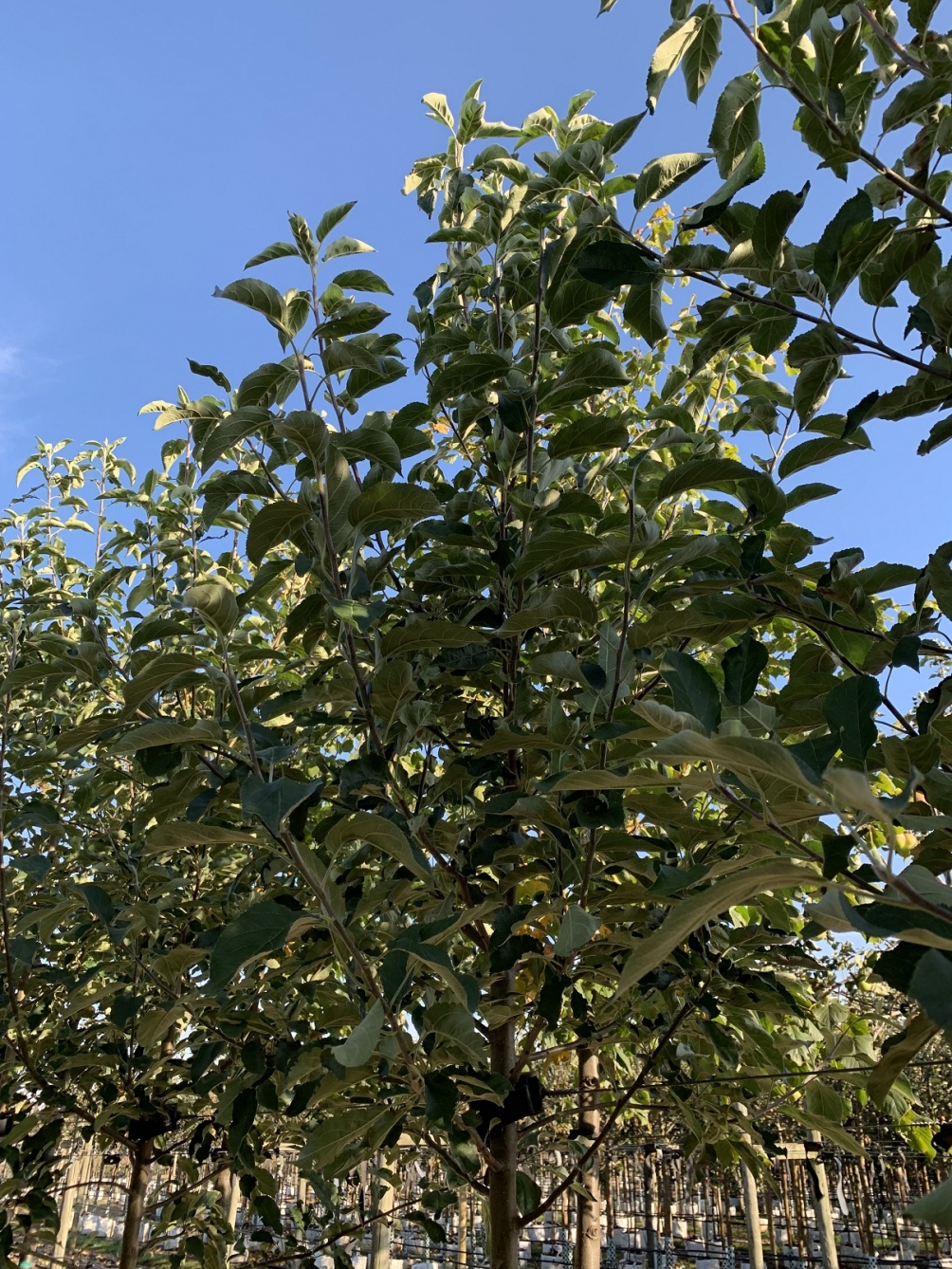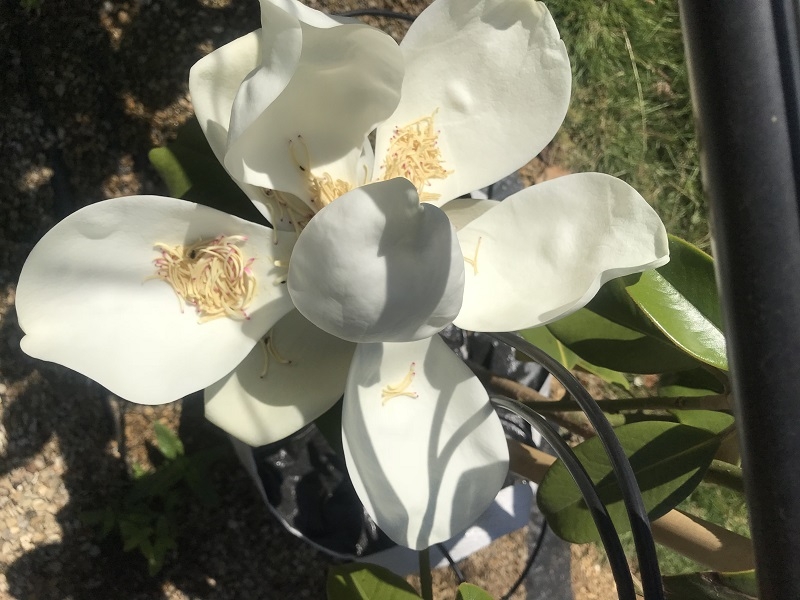Aesculus hippocastanum Baumannii
Double Flowering Horse Chestnut, Sterile Horse Chestnut
Particularly grand in the spring with its strong growth and flower display it thrives in all soils and tolerates air pollution.
Read more about this productProduct details
This cultivar was discovered by A.N. Baumann near Geneva in 1820 and was propagated as a branch sport from the mother hippocastanum tree.
It is notable for its double white flowers and the fact that it does not produce “conkers” which may be seen as an advantage if required for large streets and avenues.
The main branches are rather horizontal so high pruning is required when used as a street tree.
It can commonly grow in excess of 30 metres and it is always amusing to see kids chucking objects at one in full foliage in anticipation of a shower of conkers as a reward not knowing it is sterile.
Particularly grand in the spring with its strong growth and flower display it thrives in all soils and tolerates air pollution.
Like all hippocastanum types they are the first to wane in September prior to dormancy.
Like the rest of this genus, recent years have seen a wide range of debilitating pests and diseases that are making people think twice about planting this once much favoured tree. Leaf blotch, scale insect, leaf miner and bleeding canker may prove too much for this tremendous tree to withstand.
Mature height: 20m+
Mature spread: 10-15m
It is notable for its double white flowers and the fact that it does not produce “conkers” which may be seen as an advantage if required for large streets and avenues.
The main branches are rather horizontal so high pruning is required when used as a street tree.
It can commonly grow in excess of 30 metres and it is always amusing to see kids chucking objects at one in full foliage in anticipation of a shower of conkers as a reward not knowing it is sterile.
Particularly grand in the spring with its strong growth and flower display it thrives in all soils and tolerates air pollution.
Like all hippocastanum types they are the first to wane in September prior to dormancy.
Like the rest of this genus, recent years have seen a wide range of debilitating pests and diseases that are making people think twice about planting this once much favoured tree. Leaf blotch, scale insect, leaf miner and bleeding canker may prove too much for this tremendous tree to withstand.
Mature height: 20m+
Mature spread: 10-15m
Tree Specifications
Common names
Double Flowering Horse Chestnut, Sterile Horse Chestnut
Mature size
Tree type
Soil type
Shape
Tree features
Growth rate
Tolerances
Seasons of interest
Tree uses

